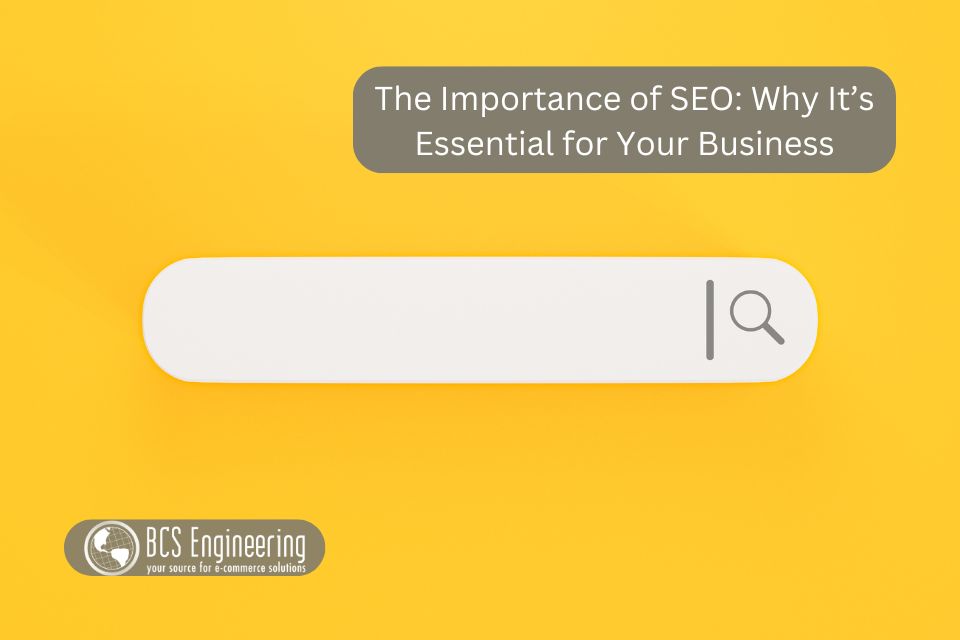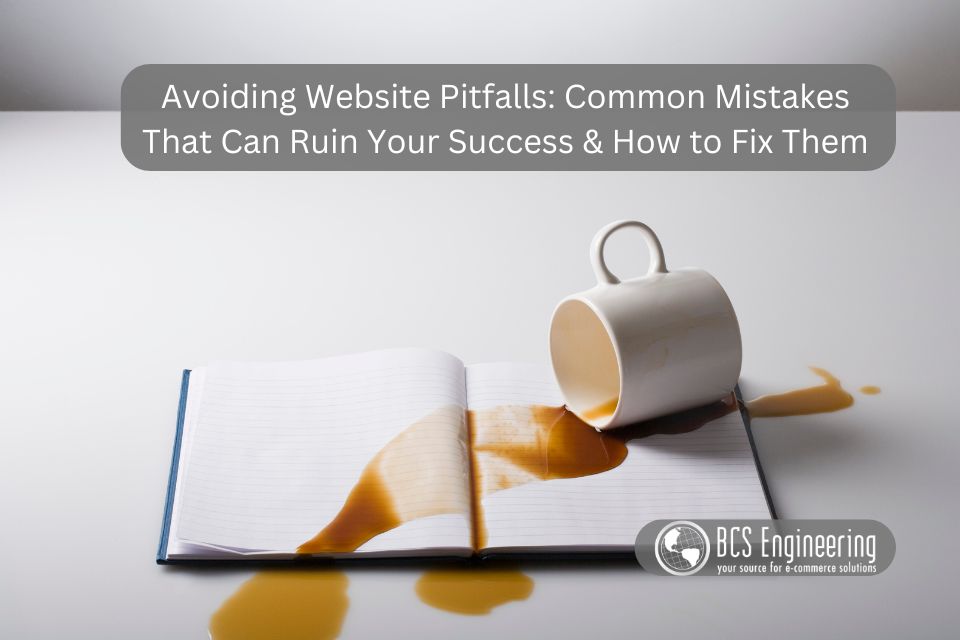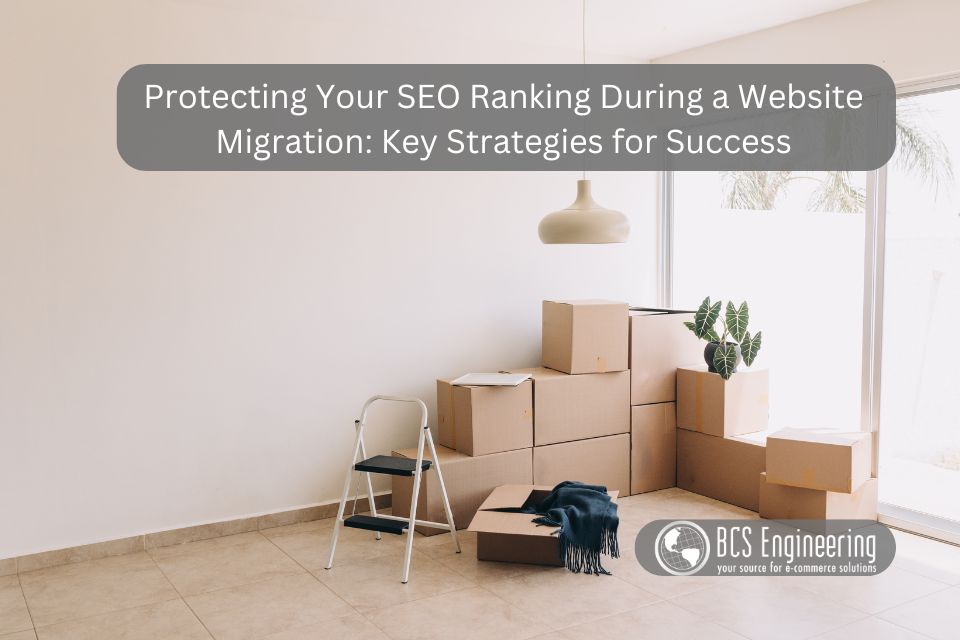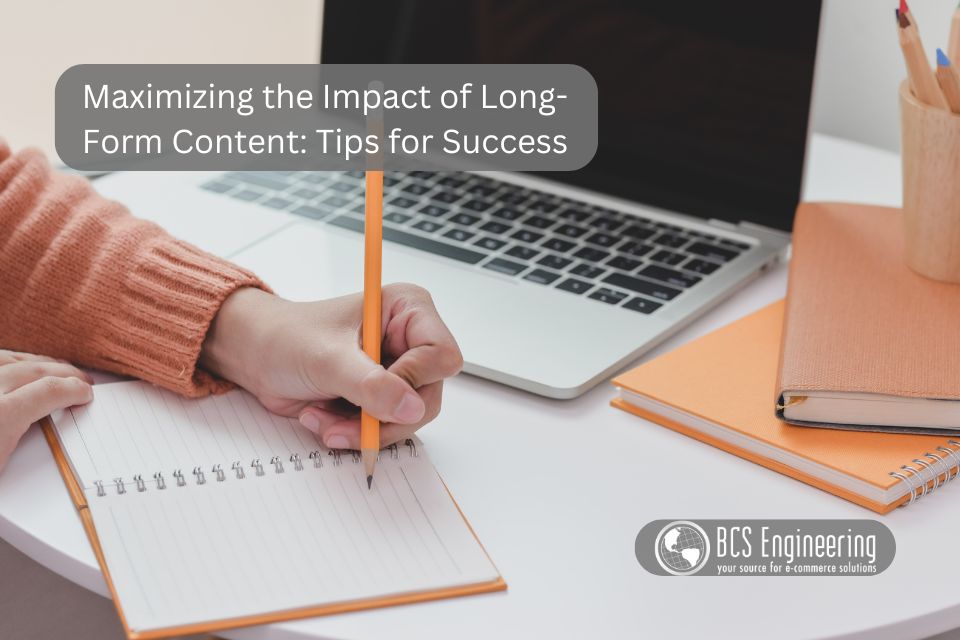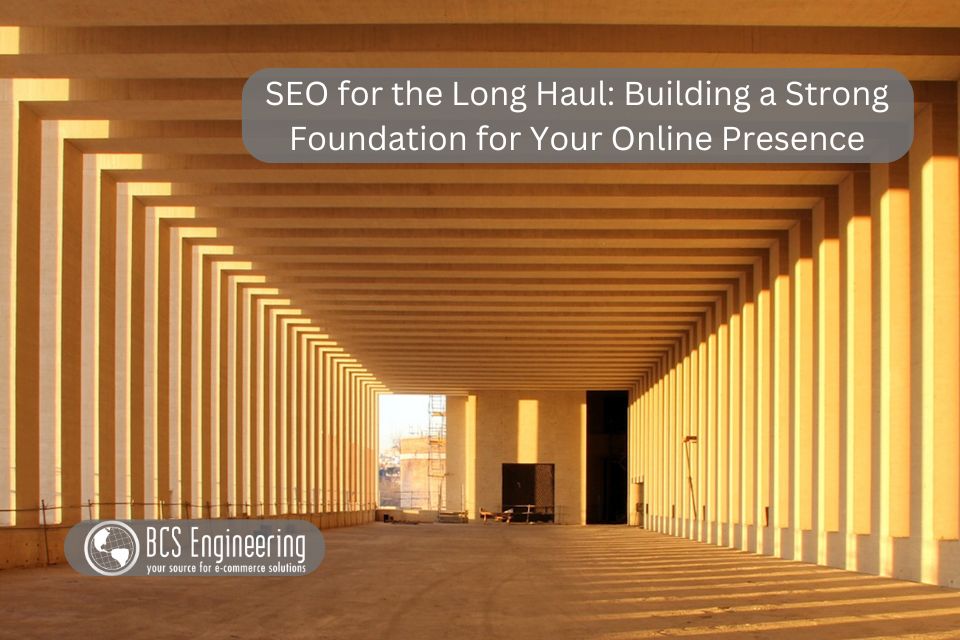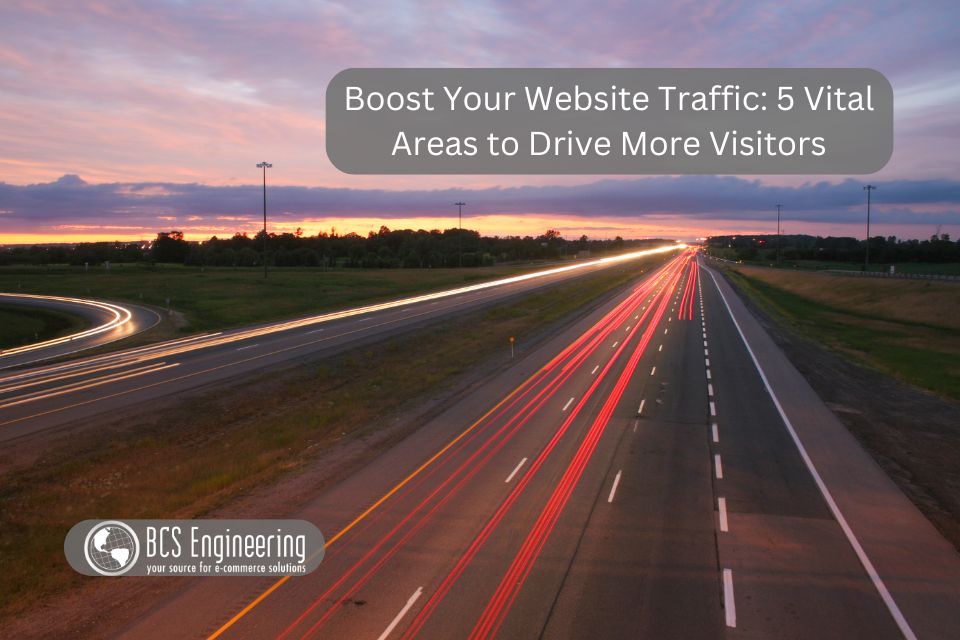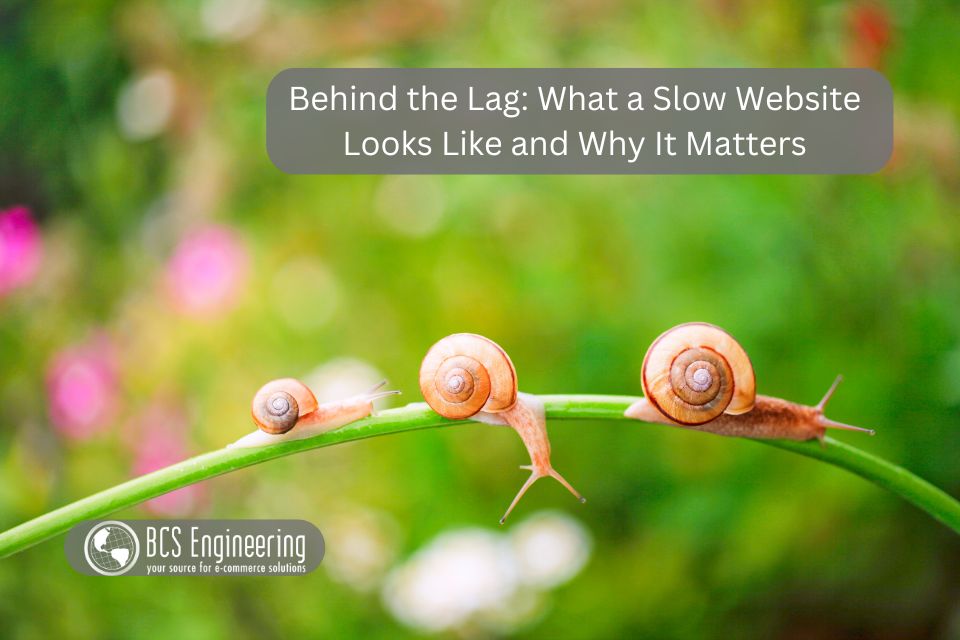Have you ever felt like your website, emails, or social media posts just aren’t connecting with your audience—despite your best efforts? You’re putting in the work, but the engagement and conversions are lower than expected.
The problem might not be your offer. It might be your language.
Let’s talk about how identifying your ideal customer’s language can help your message finally click—and what you can do to find it.
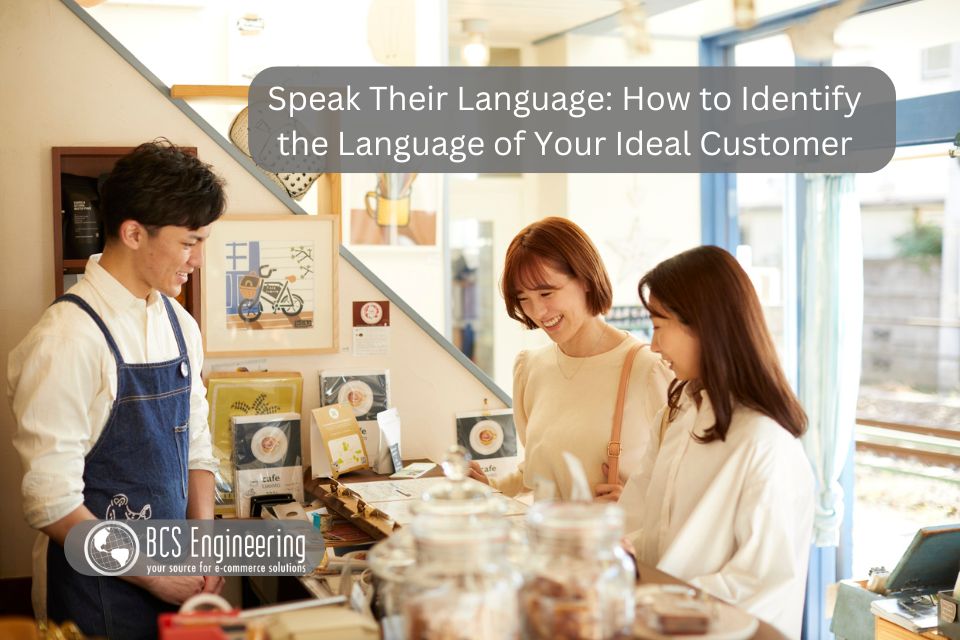
Why Language Matters in Business
Your potential customers are scanning dozens of messages every day. If your content uses words they wouldn’t say, or talks about problems they don’t recognize, they’ll scroll right by.
But when your message reflects the exact words they use to describe their pain points or desires? That’s when the magic happens. They feel seen. Heard. Understood. And that emotional connection is the first step toward conversion.
1. Start by Listening
Want to know how your ideal customers talk? You need to listen more than you talk.
Here’s where to start:
- Customer interviews or discovery calls – Listen to how people describe their frustrations, goals, and desires.
- Testimonials and reviews – Read reviews on your own site, your competitors’ sites, or even Amazon products your audience might use. Highlight the exact phrases that get repeated.
- Surveys and polls – Ask open-ended questions and let people explain their needs in their own words.
- Online communities – Facebook groups, Reddit, and industry forums are goldmines of customer language. Pay attention to how people ask for help.
Your goal? Collect the real, raw words your audience uses—not polished “marketing speak.”
2. Identify the Patterns
After gathering this feedback, look for patterns:
- What phrases come up again and again?
- How do people describe their pain points or what they want?
- Are they using technical terms or more casual language?
- Are they speaking from a place of frustration, overwhelm, hope, excitement?
This helps you not just understand what they’re saying—but how they’re feeling.
For example, if your customers say things like “I’m not techy” or “I just want it to work without all the hassle,” then using phrases like “user-friendly” or “tech support made simple” will resonate more than jargon-heavy descriptions.
3. Mirror Their Language in Your Messaging
Once you’ve identified the words and phrases your audience uses, it’s time to mirror that language in your:
- Website copy
- Headlines and CTAs
- Email marketing
- Product descriptions
- Social media posts
This isn’t about copying people word-for-word. It’s about meeting them where they are. Use their language to show you understand their problems—and you have a solution.
4. Test and Refine
The best messaging evolves over time. Keep testing your headlines, emails, and website copy. What gets more clicks, replies, or conversions? That’s feedback you can use to keep improving.
Don’t be afraid to shift and adapt your message as you learn more about your audience’s language.
Ready to Speak Your Customer’s Language?
You don’t need to be a mind reader to connect with your ideal customer. You just need to listen to the words they’re already using—and reflect them back in your content.
When your audience hears their own thoughts echoed in your messaging, you build trust, connection, and confidence. And that’s what leads to sales.
🎧 Want to learn more about how to use customer language to boost your messaging and conversions? Listen to our latest episode of the eCommerce Made Easy podcast: Are You Speaking Your Customer’s Language? How to Use Messaging That Converts. It’s packed with practical tips to help you fine-tune your message and start connecting more deeply with your audience.
